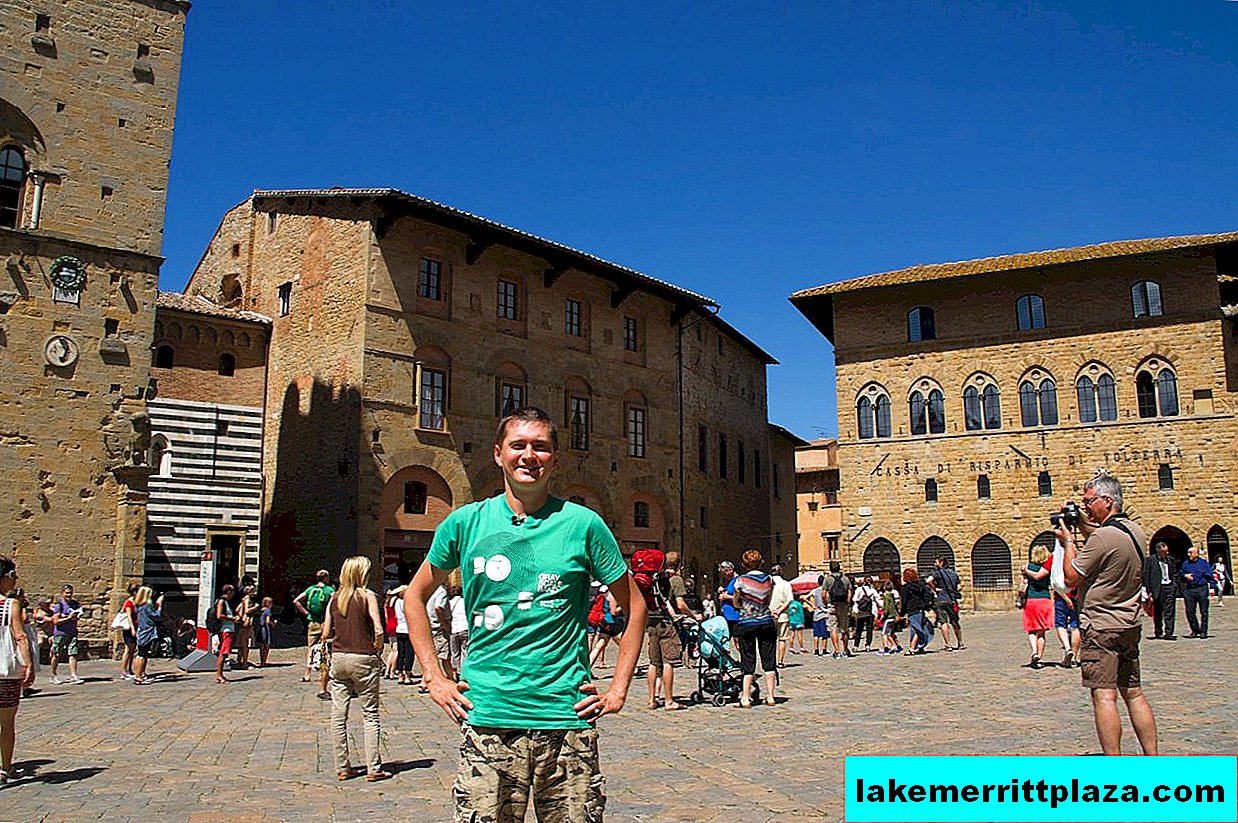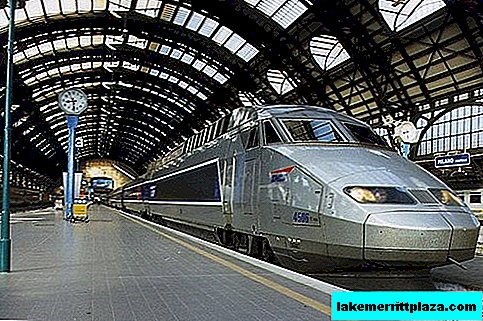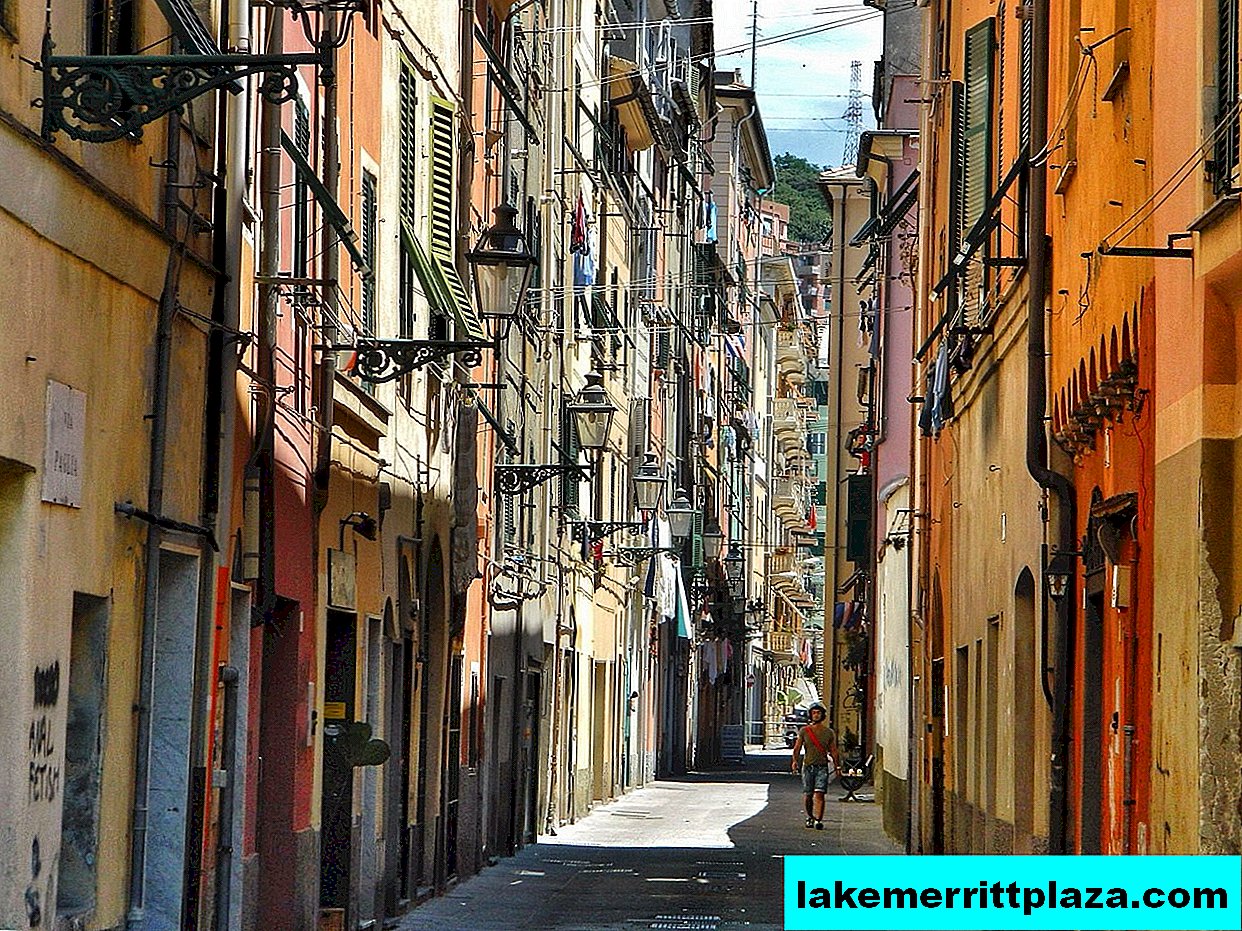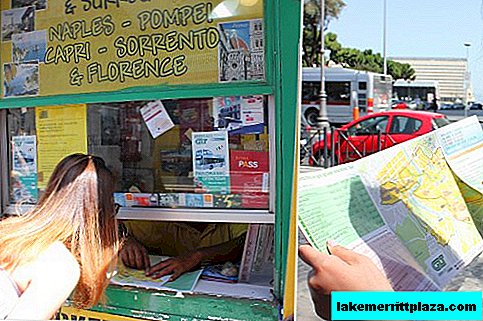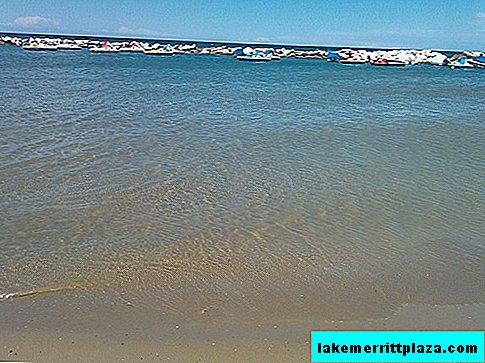The Bavarian National Museum is located in Munich. Its exposition is located on three floors of the museum building in the eclectic style.
The history of the museum in Munich dates back to 1885, when an exhibition of applied art was held in the fortresses belonging to Duke Maximilian II.

Bavarian National Museum (Bayerisches Nationalmuseum)
Bavarian National Museum (Bayerisches Nationalmuseum) is in Munich. Its exposition is located on three floors of the museum building in the eclectic style.
The history of the museum in Munich dates back to 1885, when in the fortress premises belonging to Duke Maximilian II, an exhibition of samples of applied art. As it turned out, they all could not fit in the allotted area. And then, at the request of the Duke, the architect Gabriel von Seidelm a museum complex was created on the territory of the fortress. The interior decoration of the premises was carried out in the years 1894-1900, and each of them was decorated in the style of that era, the works of which are presented for public viewing. It is worth noting that the external facade of the museum building contrasts sharply with its internal content.

Bavarian National Museum (Bayerisches Nationalmuseum)

Bavarian National Museum (Bayerisches Nationalmuseum)
The exhibition of the history of culture and art of Bavaria and southern Germany from the Middle Ages to the present day is located on the ground floor of the museum. She is represented by works Erasmus Grasser, Tilman Riemenschneider, Hans Leinberger, Adam Kraft, Giovanni da Bologna, Hubert Gerhard, Adrian de Vries, Johann Baptist Straub, Ferdinand Titz, Simon Troger, Ignaz Gunther and Ludwig Schwanthaler. The museum houses the famous Seeon Madonna.

Bavarian National Museum (Bayerisches Nationalmuseum)
Collections of artworks from ivory, gold and silver, porcelain, watches, wood inlays (intarsia), textiles and stained glass are on the second floor.

Bavarian National Museum (Bayerisches Nationalmuseum)
Exhibits about rural life - in the basement. Particularly known is the world's largest collection of "Christmas nativity scenes" - images of the biblical Christmas scene with a manger in a stable.

Bavarian National Museum (Bayerisches Nationalmuseum)
If you want to get acquainted with the history of Germany, then you should definitely visit Bavarian National Museum in Munich. The exhibition includes objects from social life, as well as from the lives of ordinary people.

Bavarian National Museum (Bayerisches Nationalmuseum)

Bavarian National Museum (Bayerisches Nationalmuseum)

Bavarian National Museum (Bayerisches Nationalmuseum)
Bavarian National Museum (Bayerisches Nationalmuseum)
Prinzregentenstraße 3, 80538 München, Deutschland
bnmrestaurant.deTravel by bus 100, tram 18 to the Nationalmuseum / Haus d.Kunst stop or U4, U5 metro to Lehel station
How do I save on hotels?
Everything is very simple - look not only at the booking. I prefer the search engine RoomGuru. He is looking for discounts at the same time on Booking and on 70 other booking sites.

